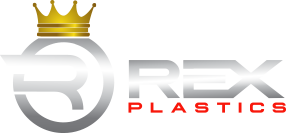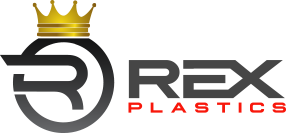- BY nwmcadmin
- POSTED IN American Manufacturing, Injection Molding and Price, Product Development
- WITH 0 COMMENTS
- PERMALINK
- STANDARD POST TYPE
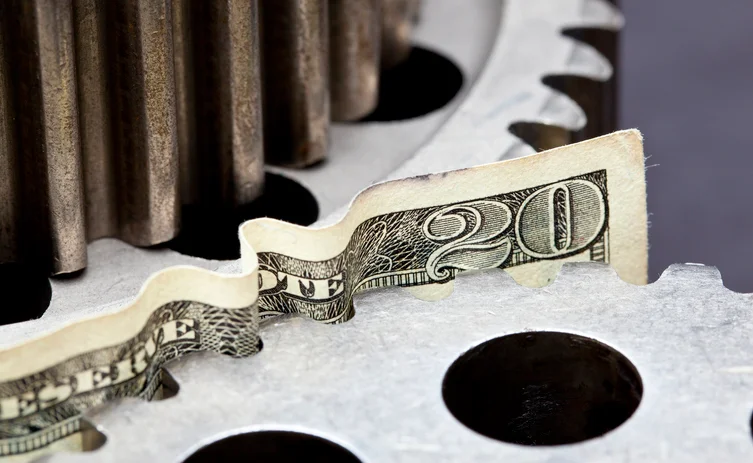
Scaling up to production cost efficiently involves optimizing processes and minimizing costs without compromising quality. By carefully planning each step and leveraging the right resources, you can achieve a seamless transition from prototype to full-scale injection molding production.
Is injection molding expensive?
Injection molding can be perceived as expensive due to the initial costs associated with creating molds and setting up the production process. These upfront expenses include the design and fabrication of custom molds, which can be significant depending on the complexity and precision required.
However, once the molds are made, the cost per unit produced drops dramatically, making injection molding highly cost-effective for large-scale production runs. The efficiency, speed, and quality of injection molding can lead to long-term savings, offsetting the initial investment. Ultimately, while the startup costs may be high, the overall expense of injection molding can be very economical for high-volume manufacturing.
8 Factors in Injection Molding Production Cost
Injection molding is an involved process. There are many costs associated with it that must be covered either by the molder or their customers. Let’s take a look at what some of these injection molding costs are.
1. Part Size, Complexity & Design
The size, complexity, and design of a part significantly impact injection molding costs. Larger parts require more material and longer cycle times, increasing expenses. Complex designs with intricate features or tight tolerances demand more sophisticated molds and extended production times. This can further raise costs.
Optimizing the design for manufacturability can reduce waste and streamline the molding process, ultimately leading to cost savings. Therefore, considering these factors carefully is essential to managing and minimizing injection molding expenses.
2. Tooling Costs
Tooling costs are a major factor in the overall expense of injection molding, as the creation of high-precision molds is a crucial step in the process. These molds must be meticulously designed and crafted to ensure they can produce parts with the exact specifications and quality required.
The cost of tooling depends on several factors, including the complexity of the part design, the number of cavities in the mold, and the materials used for the mold itself. High-quality, durable materials like hardened steel are often more expensive but are necessary for high-volume production runs to ensure the mold’s longevity and consistent performance.
Additionally, the initial investment in tooling can be substantial, especially for intricate or large molds. However, this investment can be amortized over the production run, significantly reducing the cost per unit.
Efficient mold design can also contribute to cost savings by minimizing cycle times and material waste. In many cases, partnering with an experienced injection molding manufacturer can help optimize tooling design and costs, ensuring a balance between upfront investment and long-term production efficiency. This strategic approach to tooling is essential for maintaining cost-effectiveness in large-scale injection molding projects.
3. Mold Complexity & Cavity Size
Complex molds, which may include intricate geometries, undercuts, or fine details, require advanced engineering and precision machining. This may increase the costs of tooling. Molds with multiple cavities can significantly boost production rates because they allow for multiple parts to come from a single production cycle. However, these multi-cavity molds add to the complexity, and subsequently, the initial expense. The balance between cavity size and mold complexity must be carefully managed to optimize both the upfront tooling costs and the per-unit production costs.
4. Material Costs
Material costs are another crucial component of the overall expense. The choice of material impacts not only the cost but also the performance and suitability of the final product for its intended application.
Common injection molding materials like polyethylene and polypropylene are generally more affordable and widely available, making them cost-effective choices for many applications. Specialized materials such as high-performance thermoplastics, engineered resins, or those with specific additives for enhanced properties can significantly increase costs. Additionally, material waste and the efficiency of the material usage during the molding process can affect overall expenses. Manufacturers must carefully select materials that balance cost with the necessary performance characteristics to ensure a cost-effective production process.
5. Production Volume
Higher volumes spread the initial tooling and setup costs over more units, reducing the cost per part and making the process ideal for large-scale manufacturing. For smaller runs, the high upfront costs may not be justified, making other methods more viable. Therefore, understanding production volume is crucial for assessing the financial feasibility of injection molding.
6. Labor & Equipment Costs
Skilled labor is needed for mold setup, operation, and quality control throughout the production process, influencing operational expenses. Additionally, the efficiency and reliability of molding machines, as well as auxiliary equipment like robots for part handling and inspection systems, impact overall production costs. Investing in modern equipment and automation can streamline operations, reduce labor costs, and improve production efficiency.
Balancing labor and equipment investments with production requirements is key to achieving cost-effective injection molding processes while maintaining quality standards.
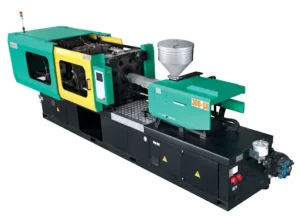 7. Surface Finishing
7. Surface Finishing
Surface finishing is a vital aspect of injection molding. It influences both the aesthetic and functional qualities of the final product. Depending on the application, parts may require various finishing techniques, such as polishing, texturing, painting, or coating, to achieve the desired surface quality. These additional processes can add to the overall cost and production time but are often necessary to meet specific design and performance requirements.
Surface finishing can also enhance the durability, wear resistance, and appearance of molded parts. This makes them more suitable for their intended use. Therefore, considering surface finishing early in the design phase can help manage costs and ensure the final product meets all necessary specifications.
8. Packaging & Inspection Requirements
Packaging and inspection requirements are critical components of the injection molding process. They impact both cost and quality assurance.
Proper packaging is essential to protect molded parts during transit and storage. This may involve custom packaging solutions, protective materials, and labeling.However, these additional steps ensure that products arrive in optimal condition and are ready for use or assembly.
Inspection requirements, such as quality control checks, dimensional verification, and defect detection, are also integral to maintaining high standards. Implementing thorough inspection protocols helps identify and address any issues early, preventing costly rework or product recalls down the road. Balancing these requirements with cost considerations is key to achieving efficient and reliable production outcomes.
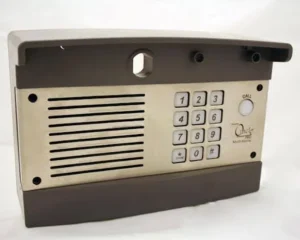
Ways To Reduce Injection Molding Costs
For more on how to reduce injection molding costs, read one of our other articles on minimizing expenses here.
To summarize, the most important ways to reduce costs are:
- Keep your design simple & efficient
- Choose the right material
- Minimize solid part areas
Get a Competitive Quote Today from Rex Plastics
If you are interested in learning more about starting an injection molding project and curious about the associated costs, reach out for a competitive quote today from Rex Plastics.
